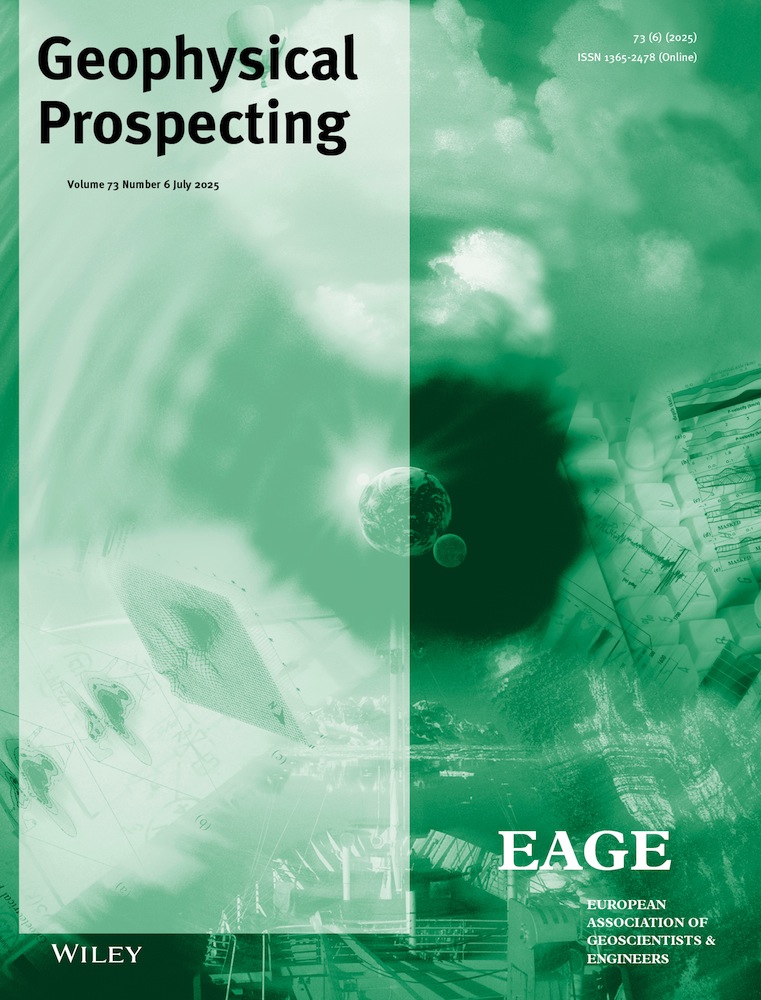Transient Electromagnetic Nonlinear Inversion Method Based On Improved Bat Algorithm
Funding: This work was supported by the National Natural Science Foundation of China (61762043), China Postdoctoral Science Foundation (2023M741480), Jiangxi Provincial Natural Science Foundation (20242BAB20142) and Science and Technology Research Project of Jiangxi Provincial Department of Education, China (GJJ2200528).
ABSTRACT
The transient electromagnetic method (TEM) is a prominent geophysical technique, and the TEM inversion for resistivity models is a crucial aspect of physical exploration. However, TEM inversion faces challenges such as nonlinearity, multiple solutions and ill-conditioning, which can lead to inaccurate results. In response to these challenges, metaheuristic algorithms have been extensively studied for their innovative approaches to solving inverse problems. Despite this, many existing metaheuristic inversion algorithms exhibit limitations, including premature convergence, slow convergence speed and inadequate computational accuracy. To address these issues, an improved bat algorithm (IBA) that incorporates logistic chaotic mapping and a spiral flight strategy (Logistic Chaotic Mapping and Spiral Flight Strategy-Based Bat Algorithm, LSBA) has been proposed. The logistic chaotic mapping strategy is utilized to initialize the population of the bat algorithm to enhance the initial convergence rate. Moreover, the spiral flight strategy facilitates the bats’ escape from local optima, thereby improving the algorithm's local exploration capabilities and solution accuracy. Numerical simulations, synthetic models and field experiments have demonstrated that the LSBA significantly enhances solution precision (the degree of closeness between the algorithm's inverted parameters and the true values), convergence speed and anti-noise performance. The LSBA effectively retrieves the stratigraphic parameters of the true model and accurately represents the geological information of actual mining areas, thereby validating the efficacy and feasibility of the proposed approach in TEM inversion.
Conflicts of Interest
The authors declare no conflicts of interest.
Open Research
Data Availability Statement
The data used to support the findings of this study are included within the article.




